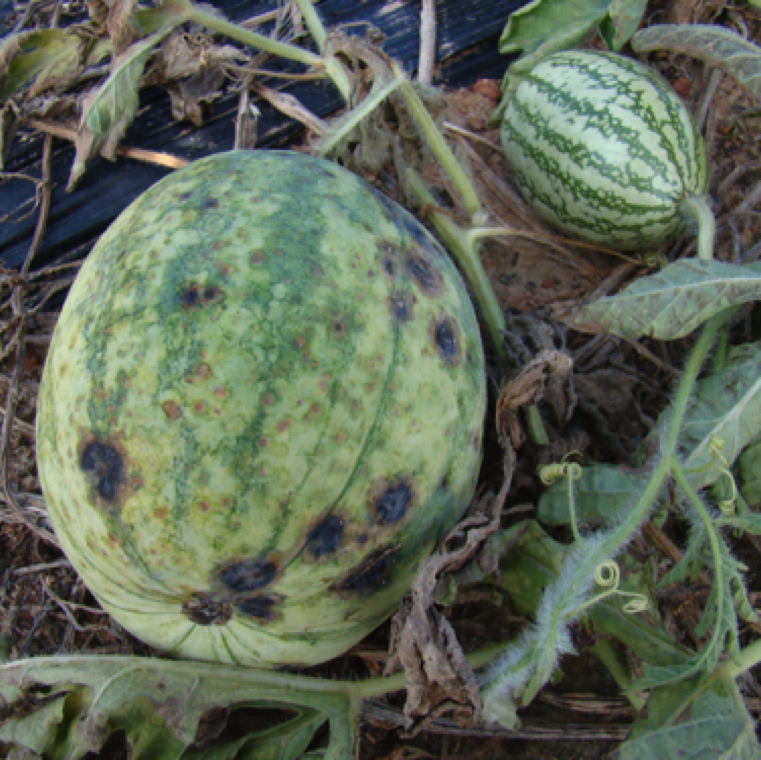By Clint Thompson

The best management strategies for cucurbit farmers in combating anthracnose disease occurs before the crop will be planted this season.

Ed Sikora, professor and Extension plant pathologist in the Department of Entomology and Plant Pathology at Auburn University, discusses the importance of using varieties that are resistant to the pathogen.
“Fortunately, we do have resistant varieties to this disease for watermelons and in some cases cantaloupe. That would be the best control,” Sikora said. “Always look for resistant varieties if you have this problem.”
Sikora highlighted various management options for producers during the Alabama Extension Vegetable School this week. Growers should be mindful of avoiding using overhead irrigation or implementing it in limited uses.
“(Overhead irrigation) favors the development of these pathogens. You (also) want to follow a fungicide spray program when conditions favor disease development,” Sikora said.
Effective fungicides like Daconil, Bravo, Dithane or Manzate are available, but since they are protectant fungicides, they have to be sprayed on the plant before the disease shows up to provide maximum protection.
“Anthracnose is one that we see quite a bit of. It’s a fungal disease that’s favored by warm, wet conditions. I see this most often on cantaloupe, cucumber and watermelon,” Sikora said. “Anthracnose will cause tan to brown spots on the leaf surface. You also may see shallow, elongated tan spots on the stems and sunken areas on the fruit as well. Sometimes you’ll see pink or orange discoloration in these sunken areas, which are actually spores of the pathogen.”










